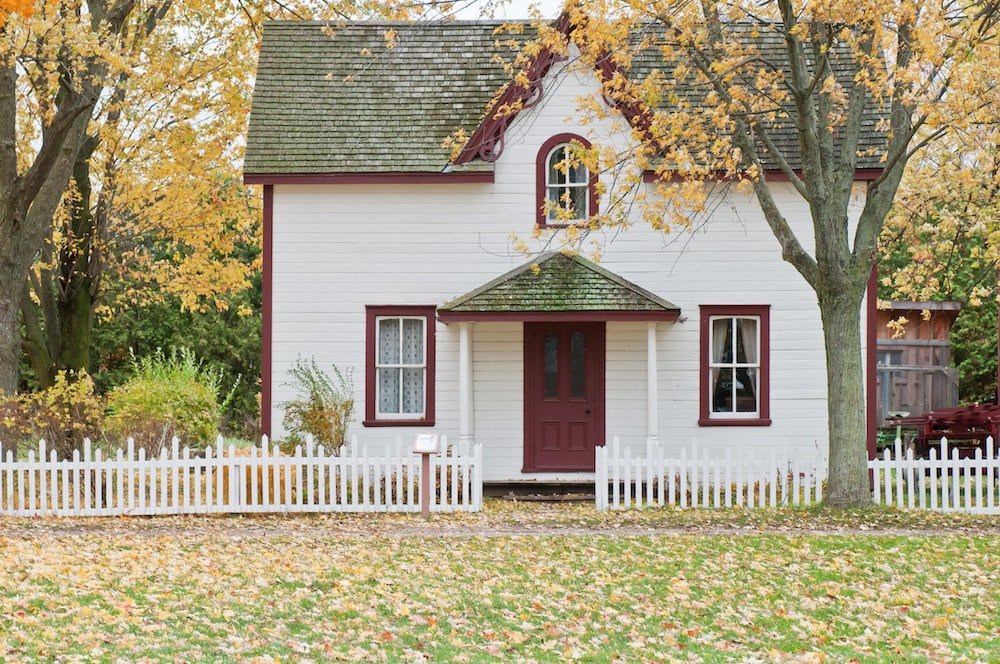
So you’ve spent the better part of the past two years at home, and you’re finally ready to give your home a makeover. Maybe it’s a quick facelift or a backyard garden. But for a lot of homeowners, now is the final push before the holidays to take on bigger home remodeling projects like kitchen and bathroom upgrades, new flooring, or even a full-scale home renovation.
The costs of a home remodel vary dramatically by location, but mortgage rates are still low. This means you can access your home equity at a low rate and stay on budget for your dream home remodeling project.
First, beware of these hidden costs so you can plan ahead.
Related: 7 Ways to Increase the Value of Your Home on Your Next Remodel
TOP 5 HIDDEN COSTS OF A HOME REMODELING PROJECT
1. Changing the Scope of the Project
Believe it or not, the biggest hidden cost to a home remodel is when the homeowner changes their mind. More than half of all remodeling projects face a “change in scope” which dramatically increases the cost. Changing your mind on kitchen cabinets or tile flooring, for instance, after supplies have been ordered. Or deciding on structural changes once new framing has begun.
In almost every case, the work has started, materials have been ordered, or supplies have been delivered, and the cost is already measured. As much as possible, try to envision a home remodeling project from start to finish and ask questions before the work begins. Often there’s a lot of work on the back end that the homeowner may not see, which becomes a surprise when they change their mind.
Related: How to Finance a Renovation with the Fannie Mae Homestyle Loan
2. Building Codes and Permits
Many home remodels look clear-cut on the front end. But once the work begins, it turns out that new work has to be completed to bring the home up to code. Why? Building codes often change over time, so there are typically new codes and permits since the home was first built. Across most states in the country, if a contractor discovers something that isn’t up to code, they are required to do the work to bring it up to code.
Even if the new work wasn’t quoted in the home remodeling project, the contractor is required to meet current building codes, and that cost will be passed on to the homeowner. Allow a larger budget to meet these unsuspected changes, especially if your home was built several years ago.
3. Eating Out and Moving Out
During a kitchen remodel, eating out can become a growing expense and one that is rarely planned for. A home remodeling project in the kitchen usually means you won’t have power, gas lines, or working appliances. Some homeowners set up a temporary kitchen in the basement or garage, but the novelty can wear off quickly.
Even home remodels outside the kitchen often push homeowners out. People get tired of the dust, construction, noise, and general chaos. What might be one night out turns into ongoing restaurants and takeout. With larger projects, some families find themselves moving out temporarily to take a break from it all. Plan ahead so you can reduce stress and budget for the cost.
Also, don’t forget your pets! You may need temporary boarding or plan to take them with you.
Compare: Should I use a Home Equity Loan or HELOC for a home remodel?
4. Surprises and Structural Changes
Many hidden costs are hiding in the floorboards. Literally. Pests, termites, wood rot, mold, water damage. Many homes have hidden structural damage that is only discovered once a home remodeling project is underway. While there’s isn’t a tried and true way to plan ahead for these changes, it’s smart to prepare for the possibility. Have finances prepared so that you can face the problem head-on if any structural damage or surprises come up. This will reduce stress and keep the home remodeling project moving forward.
5. Homeowner’s Insurance
Home remodels often increase the value of your home, so it’s a good idea to revisit your homeowner’s insurance coverage. For one, you want to make sure the renovations are covered under your policy and that your coverage meets your home’s new value. Certain remodeling projects such as adding square footage, a new office, or a full-scale kitchen remodel will increase the value of your home. It just takes a quick call to your service provider to make sure you have the coverage you need.
Why is home remodeling so expensive right now?
Millions of people are spending more time at home than ever before: online school, remote work, DIY projects, home gardens, you name it. As a result, home remodeling and renovations have skyrocketed and the demand for contractors has jumped up in tandem. But even though construction costs are inching upwards, it’s still smart to tap into your home equity and get the job done while mortgage rates are low.
What’s the best way to pay for a home remodeling project?
Many homeowners consider a home equity loan or a home equity line of credit for a home remodeling project. Others refinance a mortgage or turn to personal loans and credit cards.
The truth is, mortgage rates are still low and there are several custom home loan options that can save you money. A preferred home loan that gives you access to your equity can help you stay on budget and finance your home remodel without financial stress.
It’s always worth it to connect with a local mortgage advisor to discuss your options–especially when it comes to a home remodeling project or renovation.
Taking Action
Connect with a mortgage advisor to determine the best path to finance a home remodeling project. Remember, you can access your home equity in several different ways — cash-out refinancing, a home equity loan, a home equity line of credit, or custom home renovation loans. We can help you decide the best option that will save you money and fit your home remodeling budget. Connect with a local mortgage advisor to get started. We’d love to help.



